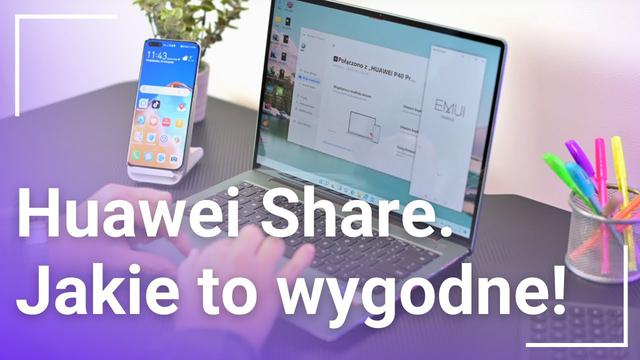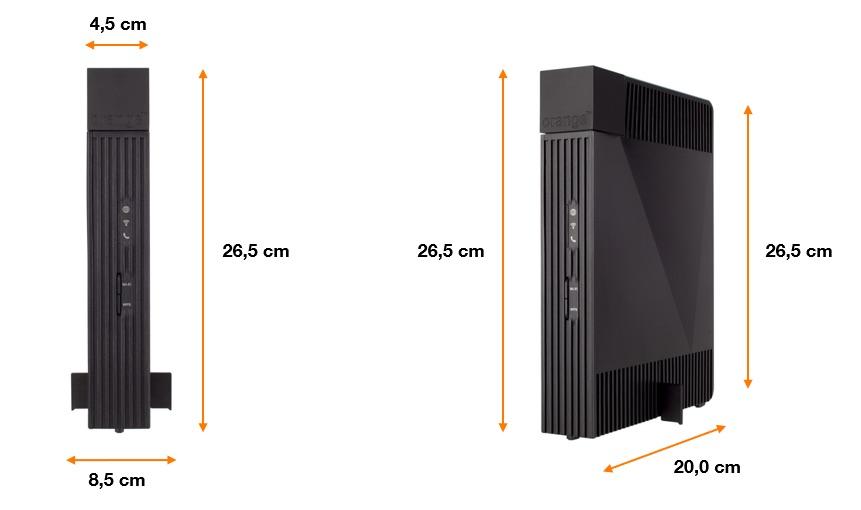Smartfony są najszybciej rozwijającymi się urządzeniami na rynku. Na przestrzeni ostatnich 10 lat telefony komórkowe ewoluowały ze zwykłych małych sprzętów służących do dzwonienia, wysyłania wiadomości i czasami słuchania muzyki do najważniejszego urządzenia każdego internauty. Smartfon w XXI wieku jest oknem na świat, które umożliwia przeglądanie sieci, wysyłanie i odbieranie mail'i, oglądanie filmów i wiele innych. Ilość funkcji dzisiejszych urządzeń mobilnych jest niezliczona, a wszystko za sprawą rozbudowanych systemów operacyjnych oraz dodatkowych aplikacji dostępnych w sklepach takich, jak Google Play lub App Store.
Mobile phones from year to year become faster, prettier, have larger screens and better cameras.Modifications have also met mass memory.Most of the new phones have a lot of space, but in the latest constructions we will not see the microSD socket.
Also check:
Most of the new smartphones from 2019, including the cheapest constructions, as we have tested recently by Moto E6 Plus offer at least 64 GB of built -in mass storage.Sometimes on store shelves you will still find models with 32 GB of built -in mass storage or even 16 GB in outdated budget constructions.More expensive models usually have 128 GB of built -in mass storage in the UFS 2 standard.1 or even more.Top configurations of this year's flagship models can offer up to 1 TB of built -in mass storage (Galaxy S10 plus 1 TB).
Unfortunately, even 128 GB, which may seem quite sufficient to fill with applications, games, as well as photos and movies in 4K, which absorb any amount of mass storage.
If the user does not have a problem with too few memory available in relation to the amount of data, then efficient mass memory management can help to ensure the highest possible performance of the device.This statement is true in particular in relation to Android smartphones that can slow down when we decide to install a large number of applications.
In the event that the user notices a monitor with a small or too small amount of available disk space will probably have to decide to clean the cache. Aby to zrobić należy uruchomić ustawienia i przejść do Pamięć > Wyczyść pliki podręczne.Unfortunately, this option is not always available.Many manufacturers implement their own phone programs in memory settings.In this situation, you can use them.
Undoubtedly.Unfortunately, we know that this is a very time -consuming process, so we have prepared a few simpler and much faster methods.
Before starting any actions, we recommend making a full backup of the device to avoid accidentally deleting important files.With a backup, you can easily recreate them.
1.Transfer photos and videos to the cloud
On the vast majority of smartphones, photos and videos take up the most space.Their quantity increases with the period of use of the device.The vast majority of today's users use the smartphone as the main camera, and in addition they do not remove unnecessary shots.Among the Internet users we also find many amateurs of filming those who use 4K resolution.The film in such high quality takes a lot of memory.
If a mobile phone has a microSD memory card slot can be used.When buying a capacious 64 GB-128 GB card, we'll buy even less than PLN 100.After inserting the card, choose it as a place where photos will be saved by default.This option is usually found in the camera settings.
If the device does not have a microSD memory card reader, Google photos, which we recommend to each smartphone user.Google allows you to store unlimited number of photos and videos.The only condition is consistent with your own compression system, which limits the size of the photos.We calm down - this is not noticeable when browsing them on the phone, computer or TV.All films are sent in Full HD resolution.
Pictures are assigned to a Google account, and access to them can be obtained from any device with a network browser using Google photos site.
The Google photo service can synchronize not only photos and videos taken using a camera built into the device, but also the collected screenshots and saved photographs downloaded from the Internet.
The application automatically synchronizes all photos while the phone is connected to the Wi-Fi network and power supply.Alternatively, you can start synchronization through a cellular network.Google photos will automatically tell the user to remove photographs that have already been ripped to the network.In addition, the service can create riders and remind the user about his trips.
2.Delete WhatsApp application data
If the user regularly uses the WhatsApp application, we recommend its thorough cleaning.The program has been constructed so that all data sent by users such as photos or videos are automatically downloaded to the storage of the device.This means that the WhatsApp application begins to gain weight in time in time.
In addition, most users do not know that WhatsApp saves all files to the device's memory because they are not available in the gallery. Zamiast tego należy uruchomić jakiegokolwiek menedżera plików (w przypadku gdy nie jest zainstalowany polecamy Astro z Google Play) i przejść do pamięci wewnętrznej > WhatsApp > Media > WhatsApp Images i usunąć ten folder.We recommend seeing if there are also files in the other folders.If so, you can easily remove them.
3.Transfer of data to Google disk
Because the Android operating system is Google's work, it works best with other tools and functions of this company.For this reason, we recommend using the Google disk.This solution will allow you to store backups as well as data and documents in the cloud.Similarly to photos, all files will be assigned to the Google account, and access to them can be obtained using any device with access to the network.
In this case, we point out that Google offers 15 GB of disk space in Google Disk service for free.If the user needs more space, we recommend Google One plans.Alternatively, you can read our cloud services comparison.
4.Remove unnecessary applications and games
Excessive number of unused applications and games not only occupies a valuable disk space.The more programs, the slower the system.Each application has its own services, and some of them work in the background.The more of this type of elements, the slower the system works.
Sometimes users especially during the initial configuration of the device decide to install too many applications.Some of them look through the Play Store in their free time and install additional programs that they don't use later.Sometimes Internet users think that they uninstalled the program or game, and in fact they only removed the abbreviation from the main screen, and the application still remains installed (not all manufacturer caps allow uninstalling straight from the home screen).
Najlepszym sposobem na odinstalowanie niepotrzebnych programów jest przejście do Ustawień > Aplikacje.The list of all programs will be displayed here, as well as their powers and the number of disk space occupied.To avoid an unnecessary clutter, we suggest selecting the downloaded option, thanks to which the system will filter pre -installed applications that cannot be removed.
Alternatively, you can delete applications and games from the Play Store.By going to the Moje Games and Programs tab, the application list will be displayed.However, it should be remembered that it does not include programs installed from outside the Play Store.
Do not avoid uninstalling paid applications.Google synchronizes all purchases and allows you to download the program again for free.
5.Delete files from the Downloads folder
Each Android device has Folder Downloads in its file system.It contains all files downloaded from network browsers, as well as other applications having the permissions to download files from the Internet.It may turn out that after some time the Downloads folder will occupy a few gigabytes, and inside there will be only unnecessary things.
How to get more mass storage in Android
Above in the text we mentioned the possibility of using a memory card in the micro SD or Nano SD (Huawei) format, if the phone has the appropriate port.However, one important element must be paid.In order to reduce costs and dimensions, most manufacturers use a second hybrid slot.This means that the user must choose whether he wants to have a dual SIM function or more mass storage.
If the user has a smartphone without a memory card reader, you can use special flash drives with microUSB or USB type C ports, but this is an uncomfortable and rather emergency solution.


